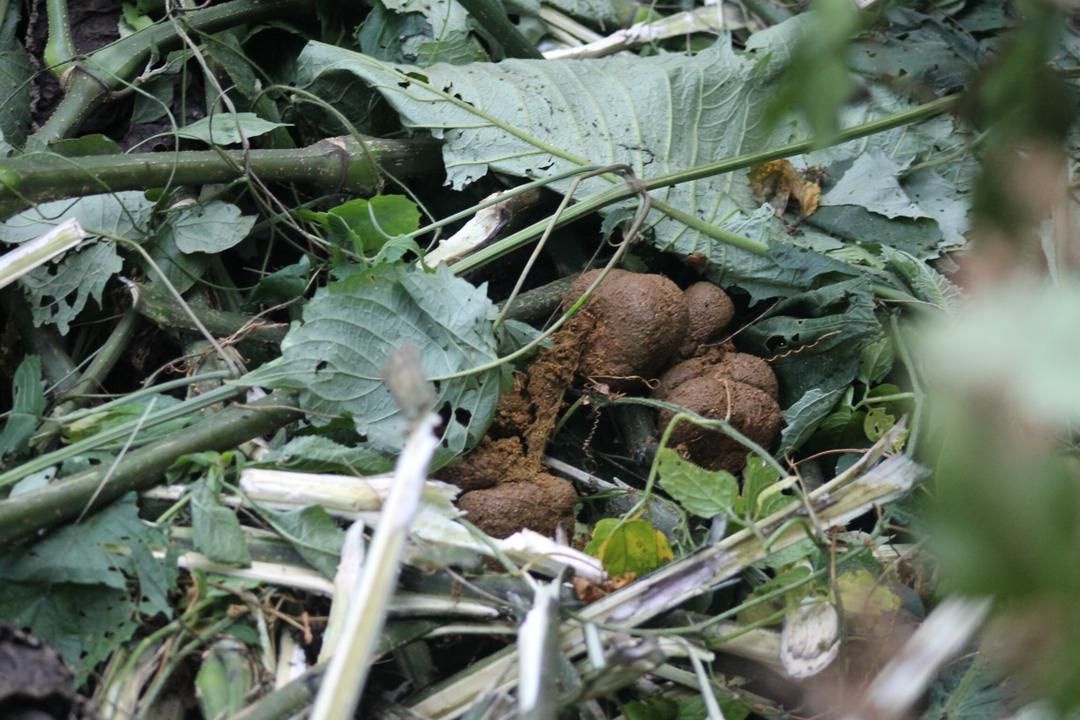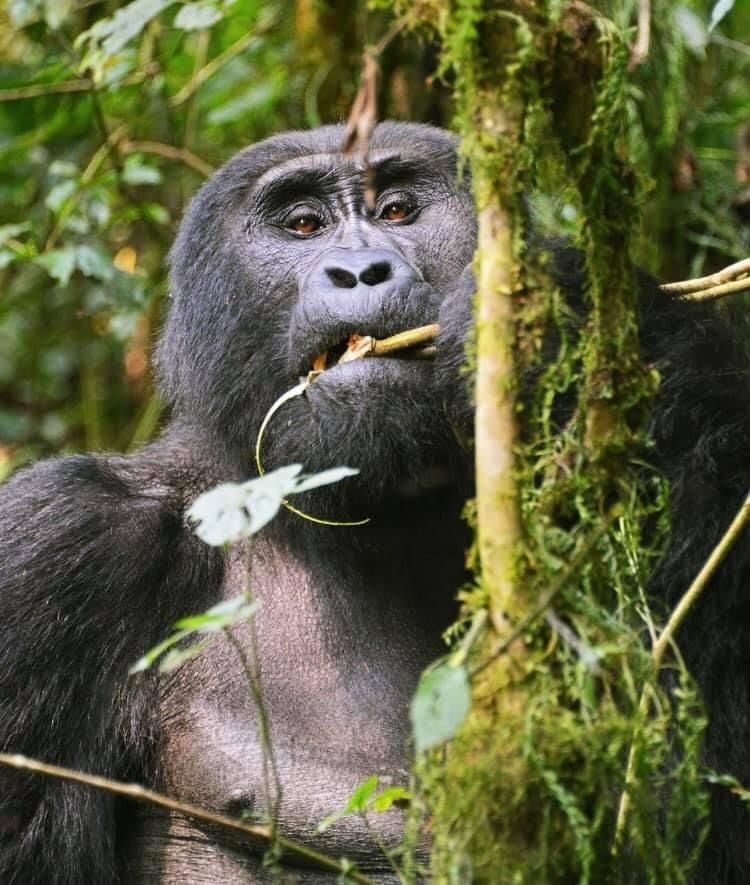


Sending you lovely greetings from the land of mountain
Gorillas and the Pearl of Africa. Following our interaction last week, I come
here again with some facts about mountain Gorillas, which I have learnt throughout.
Truly I first encountered them, when I was 5 years old,
since then my experience and love for them has been interesting
. Gorillas are ground-dwelling, predominantly herbivorous
great apes that inhabit the tropical forests of central Sub-Saharan Africa. The
Gorilla genus is divided into two species the eastern gorillas and the western
gorillas, and either four or five subspecies. They are the largest remaining
primates (Apes) on earth.
As our main focus is on Mountain gorillas, mountain gorillas
only live in the dense vegetation of Uganda's Bwindi Impenetrable Forest
National Park and along the dormant volcanic Virunga Mountain range that
stretches across Rwanda's Volcanoes National Park, Uganda's Mgahinga Gorilla
National Park, and Virunga National Park in the Democratic Republic of the Congo.
Amongst
the questions was, what’s
threatening the live of a gorilla and will they be extinct?
One of the main reason’s gorillas are going extinct is
habitat loss, forests where gorillas have lived for many years are being
destroyed for agricultural use, commercial logging and many other activities,
this leaves gorillas in hard conditions as they can hardly live elsewhere
except in their Natural habitats
One
other burning and lovely question was, how strong are mountain Gorillas?
Now, I want to make one thing clear. No one really knows how
strong a gorilla is. They haven’t competed in strong man (ape) competitions.
And no one has fought a gorilla against a buffalo, hippo or even a bear
(thankfully). This post is a combination of facts and conjecture.
Another
interesting question was, do gorillas talk?
Just like in humans, gorilla communication can occur through
a variety of methods body postures, facial expressions, vocalizations. Mountain
Gorillas use a variety of behaviors and vocalizations to communicate dominance
Another
one was, what do
Gorillas eat?
Mountain Gorillas stick to a mainly vegetarian diet, feeding
on stems, bamboo shoots and fruits. Western lowland gorillas, however, also
have an appetite for termites and ants, and break open termite nests to eat the
larvae.
And the
main deal of this article was, where do mountain gorillas sleep?
Mountain Gorillas build nests in which to sleep, both on the
ground and in trees, made of leaves and branches. Counting abandoned nests is
an effective way for scientists to estimate population size. As you will see
the photos bellow.
And of
course, like many conservationists. Another question was who scares the gentle
giants?
mountain gorillas like other primates and humans are scared
of water and some insects like caterpillars and reptiles like Chameleon.
Gorillas like other apes including humans find it hard to swim naturally which
prompts them to desist from expanse water masses (big water bodies) like Lakes
and Rivers. And part from humans,
gorillas don't really have enemies. The only predator to prey on gorillas is
the leopard. Walter Baumgärtel found the remains of several gorillas after they
had been killed by leopards in the Virunga Volcanoes.
Amongst
other questions was, how can one help to save these gentle Giants?
One of the most effective ways to help mountain gorillas
survive, is to donate money to organizations working on the ground to conserve
the species. Numerous organizations including Over and Above Bwindi (OAB) under
Interior safaris East Africa have
spent decades finding effective methods for protecting mountain gorillas, and
most rely on grants and donations to fund our work through these activities, you
would have surely saved a gorilla.
Trekking or tracking the gorillas.
Creating awareness.
Avoid trekking gorillas when you're ill.
Making direct Donations.
Support the local communities.
Follow rules and regulations.
Engage in other activities.
Comments
0